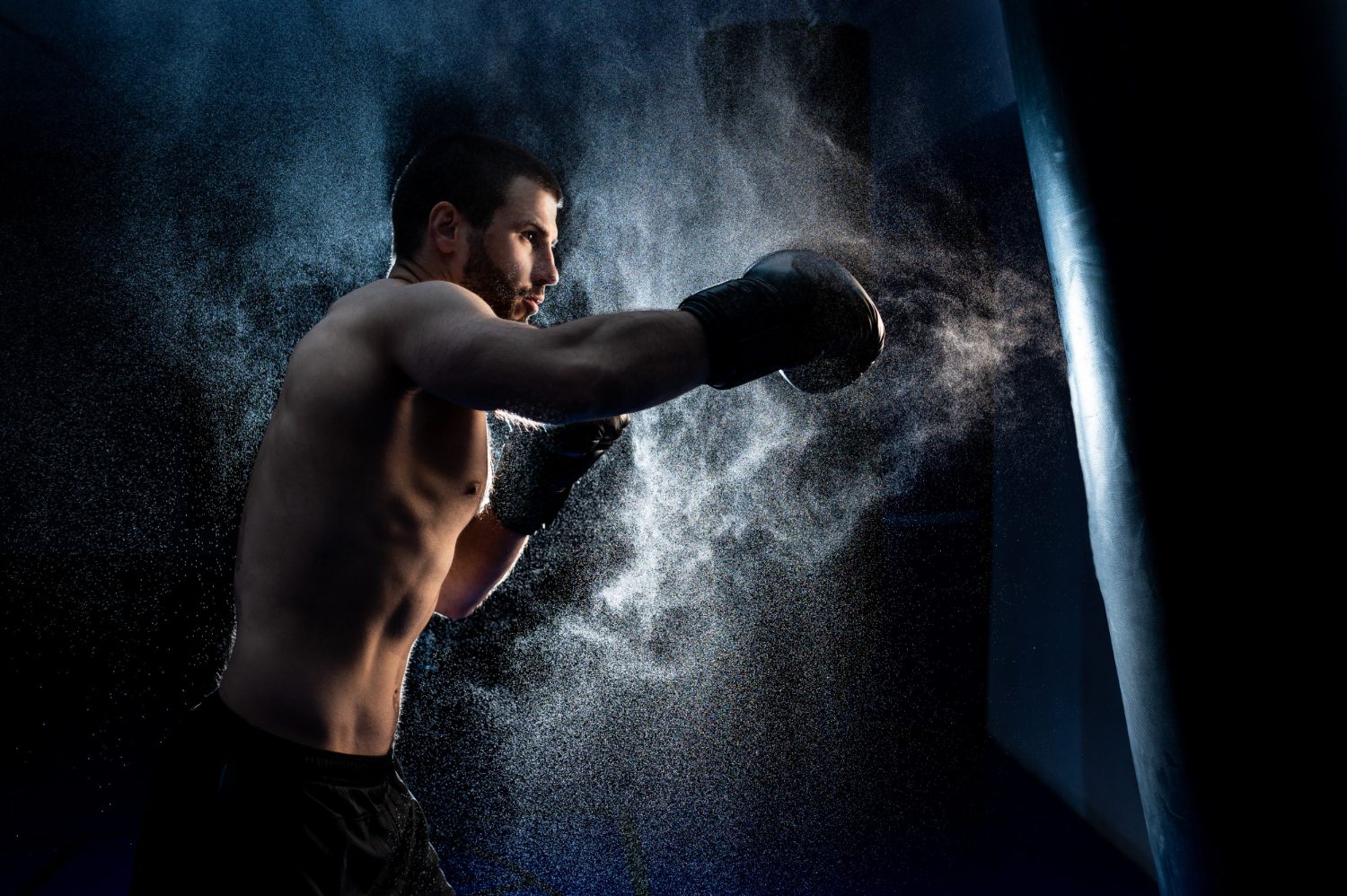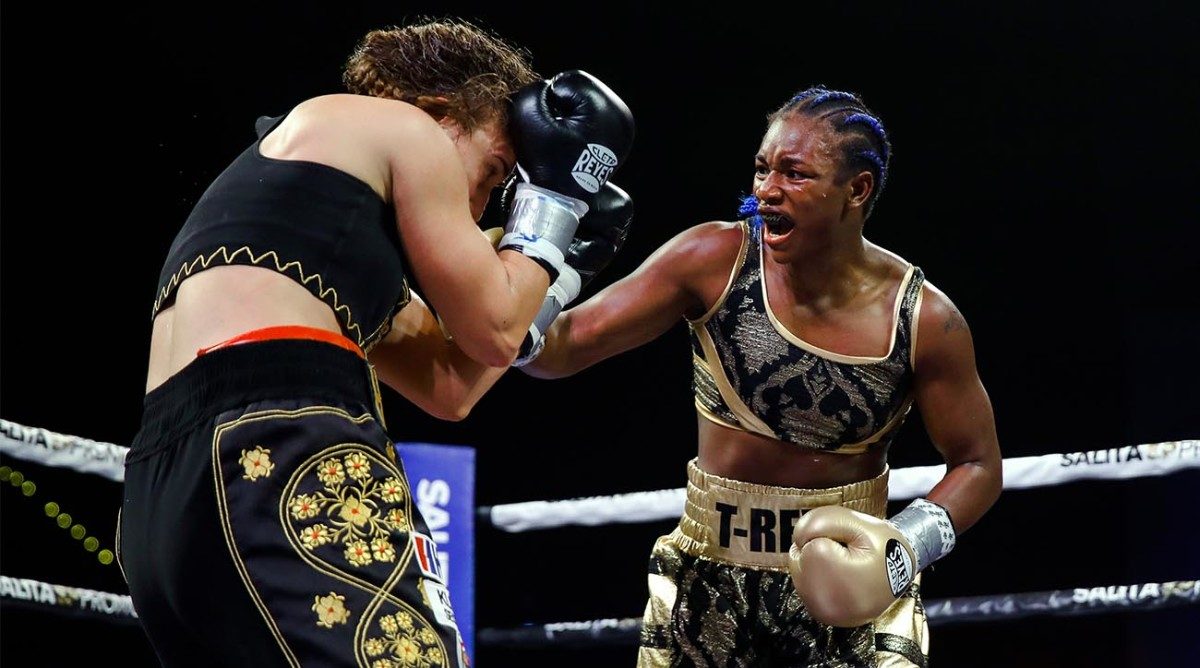Boxing is a physical combat sport that requires dexterity, and tactical prowess in bearing out a fight. For anyone interested in the hobby, or for the future contender, fundamentals cannot be overlooked as they are a cornerstone of any training process.
Key components of boxing include the use of hands and feet to make fundamental punches and footwork, and bettering them assists in better coordination, increased agility, and assurance when in the boxing ring.
Apart from basic strikes like fists, feet, elbows, and knees, these are perhaps the pillars of fundamental moves of the boxer.
In this article, we will be learning more about the basic skills that lead to the mastery of boxing, but before then, let’s take our time to look at other names that go with boxing.
What Are Other Names For Boxing?
Boxing is known by several other names or terms, depending on the context or region:
- Pugilism: A rather formal or even antique word for boxing.
- The Sweet Science – A creative name for boxing as it is based on combining sweet science – meaning strategy concludes.
- Prizefighting – Old term for fights especially boxing where money or a prize was given to the winner.
- Fisticuffs – It is an old English slang that in most cases refers to fight using only fists as weapons, but now it can mean boxing.
- Bare-knuckle Boxing – Blueprint particular to a type of boxing where fighters used no hand protection in the form of gloves which was practiced in early boxing.
The names of these terms relate to aspects or periods of boxing.

Top 10 Basic Skills of Boxing You Need To Know
Here are the top 10 basic boxing skills you need to know:
Boxing Stance
The stance comes in handy since an excellent defense helps in maintaining balance as you prepare to counterattack. Proper stance involves standing sideways with the lead shoulder facing the direction of the target this is the left if one is a right-handed person.
Stance 90 degrees left foot forward 90 degrees of the ground. Your back heel should be slightly off the ground your elbows in and your gloves up in case of a punch to the face and/or body.
Footwork
It is very important to slide and avoid movements while keeping the balance to effectively move in and out of distance. The most important point is to stand with our legs spread wide apart not crossing them.
Slither around on the dance floor, the first by a ball of the foot, floating from one spot to another with rapid but tiny and precise movements. Jump with ropes and do shadow boxing exercises to increase speed right and balance aptitudes.
The Jab (Left Jab)
Of all the punches, this one is quite basic and commonly used all through the construction of a column. Hold your left hand up with your elbow in tight and quickly whip your hand towards your antagonist while rotating the fist at contact.
After breaking the guard rapidly retract your hand back to the guard position.
The Cross (Straight Right)
Also, with proper handling, the cross is usually followed after the jab and shows raw power by packing a powerful straight punch. Side step with the back foot, rotate the hips, and chop with the right hand meanwhile, the left hand is in guard position.
In terms of power, this punch is highly effective but very dangerous if delivered and missed.
Straight Left
A straight left punch enables one to avoid proximity with an opponent since hitting them is not the only objective. Rotate your hips and shoulders and extend your left arm equally in a circle. The knuckles of your hands should be up at the time of impact.
When it’s required, step forward with your left foot to make a stable position.
Hook (Right or Left Hook)
A hook is an unexpected strike launched from the side to hit one’s adversary’s head or body. Lower your chin to the lead shoulder then rotate your feet and your body facing towards the direction of the punch. Turn your hand so the palm is downward as you rub it.
Uppercut
The undercut is a very strong punch thrown upwards targeting the jaw of your adversary. Twist towards the opposite direction of the punching hand while transferring your body weight on the back foot and use hip action to pull up the fist.
It works for them but as in the case of Mayweather can lead to more danger from the opponent if the punch is missed.
Defense (Block)
Blocking is the use of your gloves and forearms to parry incoming punches on the aspects of the face shield and body. Stand ready and always dodge punches that come your way.
Slip
Slipping is a defensive tactic where you twist your head to the side so that a punch misses, and position yourself close to your opponent in order to counter.
Parrying
Parrying is a technique in which the practitioner uses his hand to protect his face from a blow from his opponent or will use his hand to change the direction of a punch applied by his opponent.
By altering the path of the punch you keep out of the way of the return blow but remain in a position to return the punch.

Frequently Asked Questions (FAQs)
How many rounds are there normally in a professional boxing match?
In professional boxing matches there are normally twelve rounds.
Is it advisable to shut your mouth during boxing?
Yes indeed closing the mouth is very essential during boxing. Several contenders have complained that they got knocked down when they were choked and with their mouths open as they tried to breathe. It is better to clamp down on your mouth guard and breathe through your nose whether during training or during combats.
How can you increase the velocity with which you throw a punch?
Perform the snap that is involved in the strike faster by concentrating on training the muscles that the ‘pop’ of the punch needs. This can be accomplished by body weight exercises, speed-related shadow boxing, and hand speed applications.
What should one know about boxing?
The best thing that one needs to learn in boxing is how to stand properly. No matter whether the client is practicing on a punching bag or sparring, the durable position of the legs will enable a greater impact force behind the punches and better protection. It also avails an enhanced improvement in stability, mobility, flexibility as well as balance.
What are the basic techniques in boxing?
Any amateur boxer should know five fundamental punches or basic movements when fighting including the stance, jab, cross, hook, and, uppercut. All these punches can then be performed with good footwork to form good combinations by these successful boxers.
Conclusion
It’s important to remember, however, that head movement, cardio training, and other defensive postures are closely connected to stance, footwork, and punching, which forms the baseline of the boxing that you can start developing your boxing style.
It is a very beneficial and very for use sport useful for cardio exercises, muscle building, and fat shedding. Originally attributed to the macho men and women who felt only they could practice it ladies and gentlemen of all ages and strengths are allowed to partake in it in styles such as kickboxing, MMA, and many more.


